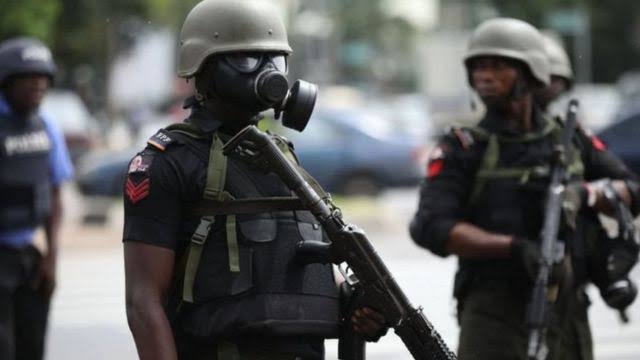The West Africa Squadron was established by the British Royal Navy in 1808 to suppress the transatlantic slave trade by patrolling the West African coastline in search of illicit traders. This article discusses the challenges faced by the squadron, the establishment of legal systems to process those caught in possession of slaves, the impact of the squadron in the fight against slavery, and the heavy cost to the Royal Navy.
Challenges Faced By The West Africa Squadron
The squadron faced many challenges in its efforts to suppress the slave trade. Initially understaffed and inefficient, progress was slow due to the Royal Navy’s preoccupation with the Napoleonic Wars. The squadron also faced diplomatic challenges, particularly in the context of the ongoing war, as Portugal, England’s oldest ally and important supporter in the war, was also one of the largest traders of slaves. The squadron also faced physical challenges, with crew members constantly falling ill due to tropical diseases such as yellow fever and malaria, as well as accidents or at the hands of violent slave traders.
Establishment Of Legal Systems
On a legal level, it was soon realised that a system needed to be set up in order to process those who had been caught in possession of slaves. Therefore in 1807, a Vice Admiralty Court was set up in Freetown, Sierra Leone. Only ten years later this would be replaced by a Mixed Commission Court which contained officials from other European countries, such as Holland, Portugal and Spain who would operate alongside their British compatriots.
Impact Of The West Africa Squadron
The West Africa Squadron played a crucial role in the fight against slavery, with the implementation of the squadron encouraging other nations to follow suit, with subsequent anti-slavery laws being adopted. The squadron also helped to influence public opinion, with frequent newspaper articles detailing the incidents at sea as well as depictions in art. The squadron succeeded in halting and disrupting the slave trade, capturing roughly 6-10% of slave ships and freeing around 150,000 Africans. Diplomatic pressure also prevented several hundred thousand more people from being shipped from Africa.
Heavy Cost To The Royal Navy
The cost to the Royal Navy was heavy, with one sailor dying for every nine slaves freed. They died either in action or of disease. Among the ships lost was the ten-gun sloop HMS Waterwitch which spent 21 years hunting down slave ships until one of the slavers sank her in 1861. A memorial to HMS Waterwitch is situated in Castle Gardens on the island.
St Helena’s Role In The Fight Against Slavery
St Helena played a crucial part in the fight against slavery, with the captains and crews of slave ships captured by the West Africa Squadron being taken to the island to be brought to justice at the Vice Admiralty Court. The freed slaves, known as “Liberated Africans”, were given leave to settle on the island or travel on to settle in other locations. However, many of the slaves had suffered terribly during their voyages and most of those who died are buried in Rupert’s Valley near Jamestown.
In conclusion, the West Africa Squadron was one small chapter in a much larger struggle for humanity as a whole to end the barbarity of slavery and send out the message of people before profits. Despite facing numerous challenges, the squadron succeeded in halting and disrupting the slave trade, encouraging other nations to follow suit, and influencing public opinion. The heavy cost to the Royal Navy is a reminder of the sacrifices made in the fight against slavery. St Helena played a crucial role in the fight against slavery, and the island remains a reminder of the atrocities of the transatlantic slave trade.

